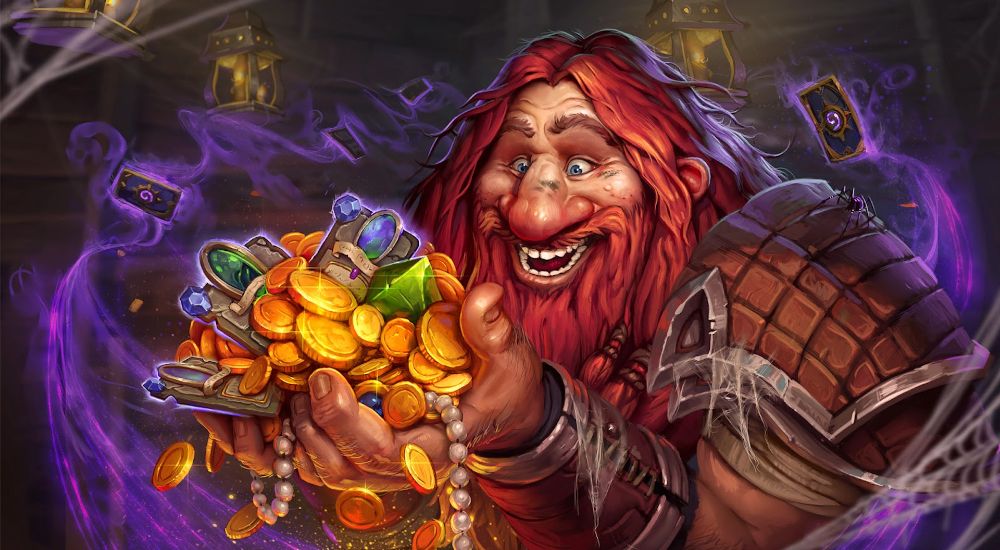
In recent years, there have been a lot of controversies regarding the pricing of video games, and that would be an understatement. While there are still some excellent games at good prices, the current business models for making games are becoming more and more greedy.
The false promises companies make, the subversive business models that encourage gambling, and the constant push for microtransactions and DLCs are just some of the things that are happening in a tug-of-war between players and video game companies. Players want to pay once and play a high-quality game; companies want the opposite.
In this article, I will explore some common video game monetization strategies businesses deploy to extract money from their customers, but also talk about the good ones that are going with more straightforward and fair pricing. Also, I will explore what this entails and what the future holds for video games.
Brief History of Video Game Monetization
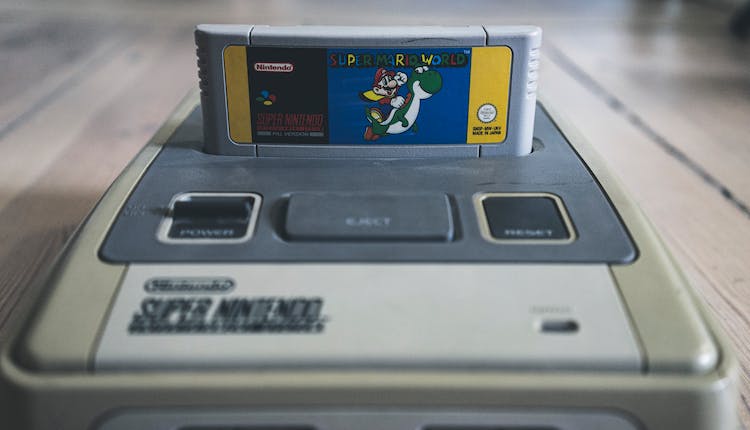
While not a lot of people realize it, the predatory practices of video game companies are not really something new or modern. The gaming machines with coin-based systems would harp on your desire to play “just one more time” and further push your wallet to a point of no return, like an addicted gambler. Some companies even “cheated” against players – Mortal Kombat 2 is a great example of this. Moreover, games would also be released in an unfinished state or with a lot of bugs (today’s very frequent occurrence). Just like in any other business, companies want to make as much money as possible.
The biggest problem is that in the past, companies would focus primarily on quality products and, by doing so, make a lot of money. Today, companies focus on the marketing of mediocre products, which is detrimental to the players. I’m not saying there aren’t good games out there today; rather, companies have had a paradigm shift of priorities in making them.
1995–2012: The Golden Era
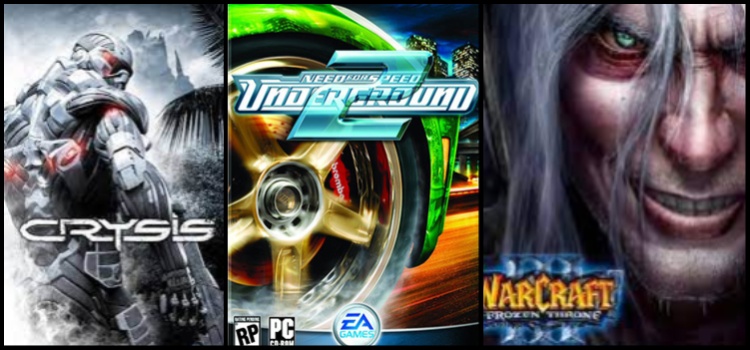
In my opinion, this era represents the peak of what the gaming industry should look like. Of course, when painting this broad picture, there are a lot of things that are not perfect, but in general, games in this era were:
- Released as finished products
- The priority was the game itself, rather than how to make money with it
- No additional payments were needed (microtransactions, paywalls, loot boxes, etc.)
- Companies were innovating new concepts rather than mimicking existing ones
- There was less internet “tryharding” and “min-maxing” and players needed to actually explore games and be creative instead of just looking it up online
The list of all the great games from this area would be just too long to write; some of the most famous titles are Warcraft 3, Heroes of Might and Magic, Crysis, Bioshock, Dead Space, etc. Again, this is not the complete truth; there were games that were exploring very predatory business models, but they were in the early stages of development and in between the lines. Most of video game companies were aiming to create a perfect product that the players would pay for once and enjoy the full experience, which is not really the case today.
2012-present
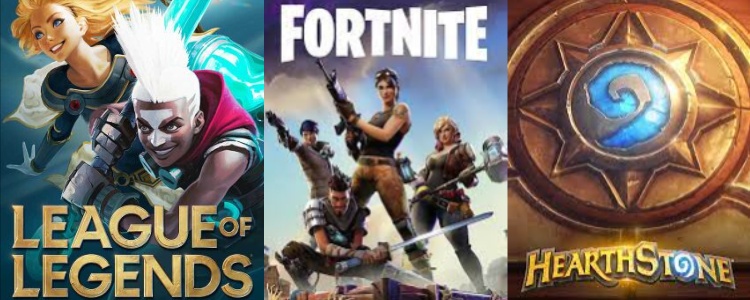
While the year 2012 is not a clear-cut line, it represents somewhat of an arbitrary new era of video games. One important thing to note is that a lot of very successful games in this era (Dark Soul 3, GTA 5, Sekiro, etc.) were just following the formulas from “the golden era”. That said, companies started realizing that they could make much more money by heavily prioritizing making games that revolve around monetization strategies rather than the gameplay itself.
For example, companies started to develop games like Hearthstone, Warframe, World of Tanks, and Path of Exile, which are made to prioritize and incentivize players to spend money over and over again (which can even mean thousands of dollars over a certain period), rather than just buy the game at a fixed price (30-60$). This brings us to our next issue, and that is the current state of video games.
Modern Business Models of Selling Video Games
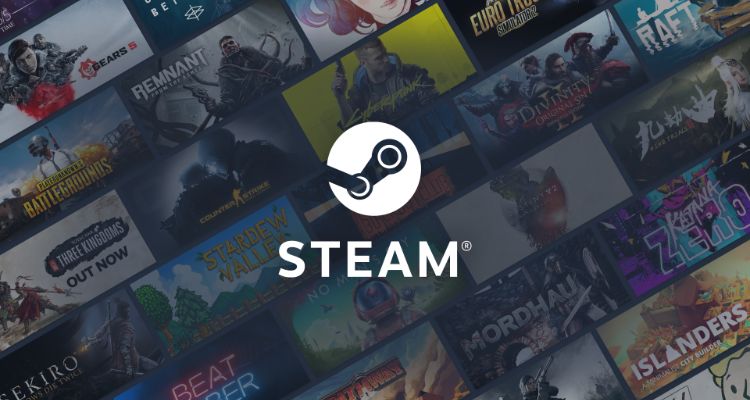
Some can argue that an online card game like Hearthstone is inherently collection-based and that it’s not that out of the ordinary to put a price tag on more cards, but this model of “collecting” and “owning” has expanded to all types of games. Simple single-player games like Assassin’s Creed have started having microtransactions for random things in the game like skins or bonuses that make the game more fun or less of a grinding experience.
This all really ramped up as the years went by. Companies started seeing other games thrive and make huge profits from predatory behaviors like deploying gambling practices with loot boxes and basically locking some components of the video game behind a paywall. This is, of course, revealed once the player has already bought the game and invested time in it. The term “Freemium” was also gaining popularity, which basically means that a game is “free”, but has a lot of hidden costs and “traps” as you keep playing it (World of Tanks is a classic example).
Now, having said that, there are some more sophisticated ways for companies to have their cake and eat it too, meaning they can still make a good game, have different monetization strategies, and not piss players off. Another good thing that came out of this is that these types of games always get fresh updates and patches since the companies can pay the developers to constantly work on the game. While there are some good practices that are derived from modern business models, there really is a very thin line between a good idea and a predatory business model. This usually subversive attempt is to lure the players into thinking they “need” to buy additional things in the game. That said, let’s explore some examples of these business models.
Examples of Different Monetization Models
Hearthstone and Marvel Snap: Free, but…

Online games like Magic the Gathering, Marvel Snap, and Hearthstone are perfect examples of this messy “free, but…” model. Each game has its own strategies on how to turn a free-to-play player into a paying one. For instance, you can get a few Hearthstone meta decks that are extremely competitive, but if you want more variety and more decks, you will have to pay. Marvel Snap is also completely free and can make a lot of different decks without paying, but a handful of high-end cards are generally locked or hard to get for free-to-play players.
Of course, both Hearthstone and Marvel Snap also get a ton of money from the Battle Pass model and microtransactions from in-game cosmetics. While these kinds of models are not ideal, there are a ton of redeeming factors in them. For example, Hearthstone has a lot of different completely free modes; the best one is called Hearthstone Battlegrounds, which is arguably better than the base game. Marvel Snap does have cards that are completely locked for new players, but this is circumvented by matching players against others that have the same “collection level”, meaning they will play against players who have roughly the same collection of cards. Again, while all of this is not ideal, I personally don’t really mind it that much.
Stellaris: The DLC Factory
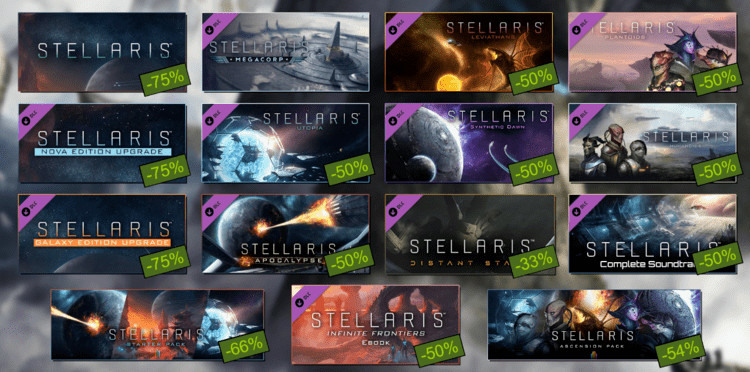
Stellaris is a perfect example of a DLC business model. The game came out in 2016 and was a great success. Over the years, the developers just kept adding more and more to the game. This came in the form of regular patches and, of course, DLCs that weren’t cheap. The benefit of this model is that the game expanded to be the best sci-fi grand strategy game by a large margin, so obviously something is working. It’s mostly because of large amounts of content, new mechanics, systems, balance changes, updates, and a lively community that are all made possible by the DLC model.
The gripe that I have with this is that while the DLCs are optional, in the end, if you are a new player and want to have a full Stellaris experience, you will probably need to spend $100+ to buy the base game and some important Stellaris DLCs. I have mixed feelings about this model, but it makes sense for this game, and we see more good than bad in it. There is no predatory behavior, no gambling “traps”, and the game is very much alive even today because of constant new content and updates.
Dota 2: Actually Free
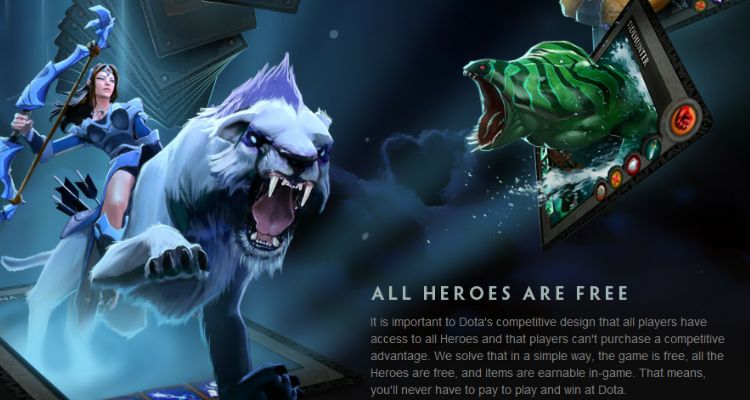
Dota 2 is completely free to play; everything in the game is unlocked, and the money they make comes from in-game cosmetics and BattlePass (which is essentially just more cosmetics and filler stuff). This is a win-win situation for companies and players because all players get the game completely for free, while companies still get a lot of money when players decide to buy a cosmetic, which is inherently their choice.
This is one of my favorite models since the game will have a lot of players and it will be completely free with no shady pay-to-win stuff. The main downside of this model is that the developers are much more incentivized to work on cosmetics than improving the actual game. This isn’t the case in all scenarios, but these kinds of games certainly fall into the traps mentioned. Nevertheless, at the end of the day, Dota 2 is completely free, so, in my opinion, there isn’t too much to complain about.
World of Tanks: Highly Questionable Practices
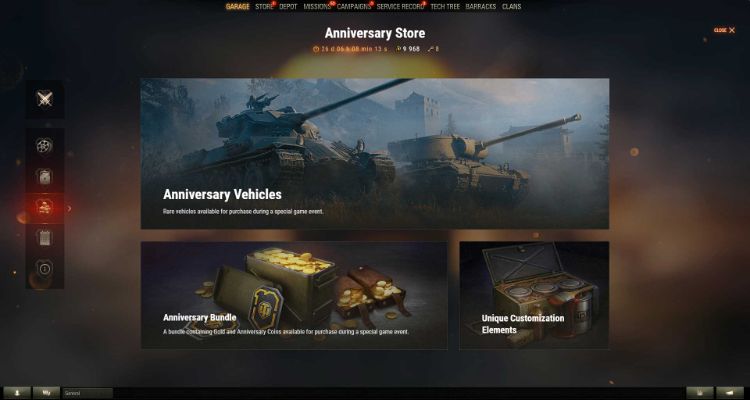
Basically, World of Tanks claims to be completely free, but once you play the game long enough, you will realize that other players who paid for “Premium Tanks”, “Premium Account”, and “Premium Ammunition”, have a big unfair advantage, and the game is much more convenient for them (more gold, more boosts, less grinding, etc.). Once you start playing this game constantly, you will be highly incentivized to pay for stuff, and the game will punish you if you don’t.
I really dislike this model, and I hope it will die out soon. It combines all the negative aspects of modern, shady business tactics. Pay to have fun, pay to have better tanks, pay to progress faster, pay for loot boxes, etc. I have to mention that all of this is made to lure you in with a lot of heavy marketing and psychological strategies. The game literally feels like it’s playing tricks on you. I played my fair share of WoT, and the main reason I stopped playing the game is because of this horrible model. I am not a fan.
The Elden Ring Phenomenon
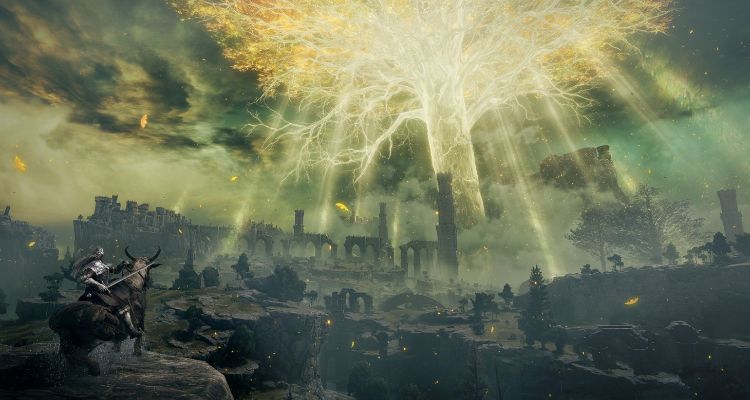
While there are a lot of different models, the main old-school one is still favored by the vast majority of players, and that is “pay once, own everything”. The prime example of how much this model is still favored today is the success of Elden Ring created by FromSoftware. While there is no question that Elden Ring’s success is not based only on monetization strategies, or therefore a lack of them, it without a doubt showed the world that focusing on the quality of gameplay and being straightforward with just paying for the game once is still heavily favored by players.
People are sick of all the new expensive video games released in half-finished states, with fake trailers, heavy idiotproof UIs, microtransactions, online services, loot boxes, paywalls, hidden fees, and so on. Elden Ring was like a big breath of fresh air. The finished product was paid for once, with an emphasis on the actual gameplay and art style rather than marketing and crashgrabs.
So, Are Modern Video Games Expensive?
I would say mostly yes, but it still depends on a lot of factors. Some players like the non-commitment of free games with some kind of optional (wink-wink) monetization; others like to just pay for the game and not be lured into something that they didn’t sign up for. The fact is that most of these new shady practices are here to stay because the players “encourage them” with their wallets.
With predatory monetization strategies becoming more obvious and more frequent, there has also been a large-scale player uprising against them. Particularly, communities on Reddit are frequently standing strong against these modern monetization strategies. Mass online protests against companies do work, and people are always heavily incentivizing games to be more like Elden Ring or God of War.
I honestly don’t know what the future holds. On the one hand, players are demanding more transparent video games with no microtransactions. On the other hand, the companies that make games with modern models earn a lot of money, so there isn’t a huge incentive to listen to players. In the end, players just want a finished product with good gameplay and no hidden costs, which is very rare in today’s market.
